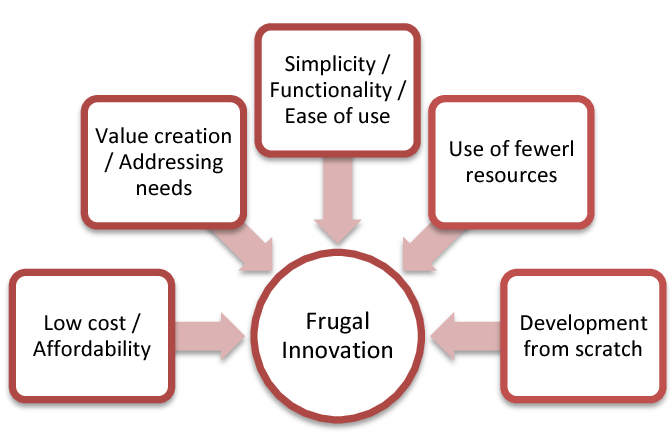With the proliferation of opinionated content on the web, this particular application of natural language processing – Sentiment Analysis (Opinion Mining) is used to determine the sentiment of the given speech or text is gaining more popularity. In layman’s term sentiment analysis aims at identifying and classifying spoken words or written text as positive, negative or neutral.
What is Sentiment Analysis?In the field of Natural language processing, sentiment analysis also known as opinion mining is task of classifying a given text as positive, negative or neutral based on the opinion or subjectivity of the text. Sentiment analysis can be considered a sub filed of text classification which involves classifying a text in to predefined categories.… Read the rest





